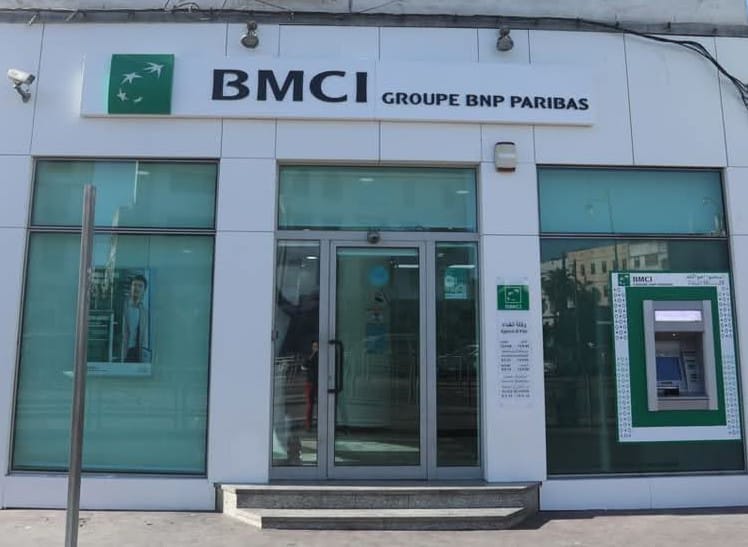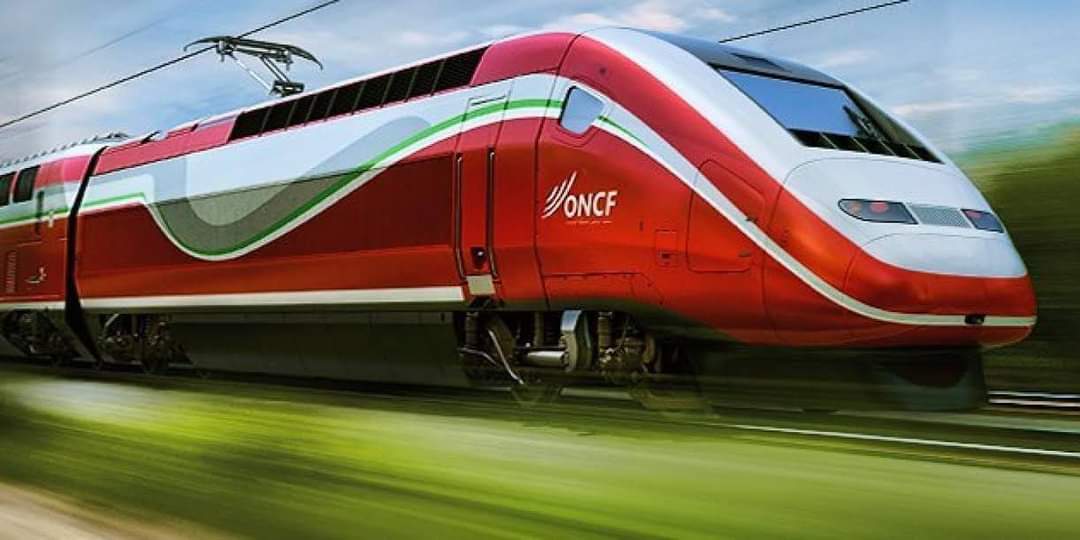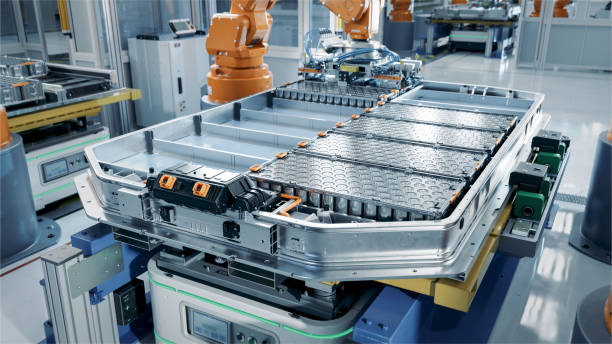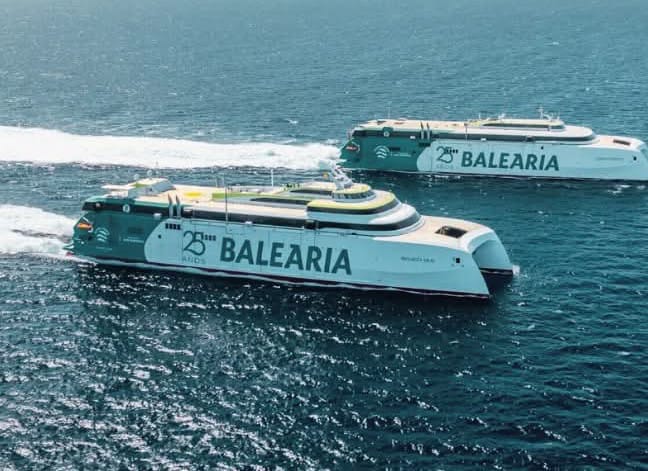Casablanca – Stellantis, a major player in the global automotive industry, has unveiled ambitious plans that significantly involve Morocco. The company, through its operations head for the Middle East and Africa, has set out a clear vision for the end of the decade, aiming to become the market leader in the Middle East and Africa by 2030. This vision places Morocco at the center of its industrial and production strategies.
During the recent “Investor Day 2024” event, Stellantis officials revealed that the company aims to become the leading market player in the region by 2030. The company’s strategy to become a “regional leader” in the automotive industry is built on three key pillars: “market share, profitability, and competitiveness.” According to Samir Cherfan, Stellantis’ Chief Operating Officer for the Middle East and Africa, the company is pursuing a strategy of “deep localization,” which includes “highly qualified local employees,” “production,” and “regionally rooted sourcing.”
Morocco is a critical player in the production aspect of this strategy. Stellantis’ data indicates that two key countries, Morocco and Turkey, will be crucial in achieving this goal. With labor costs comparable to China, these two countries are expected to account for 80% of Stellantis’ production by 2027, equating to 800,000 vehicles, with a production capacity reaching 1 million units. The production will cover 17 vehicle models, spanning all main segments (compact cars, SUVs, multi-purpose vehicles, etc.), aiming to capture more than 90% of the profit potential.
In terms of components, the target for “local procurement” of parts and financing is set to increase from the current 30% to 90% by 2030. This means that over 80% of the components needed for the production of 1 million vehicles will be sourced locally, enhancing local integration.
Stellantis currently ranks second in the region, a position bolstered by a comprehensive sales network with over 2,000 sales and after-sales points and a robust manufacturing network with nine plants, reaching a production capacity of 750,000 units in 2023. The main markets targeted by Stellantis include the Middle East, Turkey, the Greater Maghreb, and South Africa, with a total market volume potentially reaching 4 million units. The aim is to achieve a market share of 22% by 2030.
Stellantis aims to continue producing cars with very specific and precise standards, which likely makes Morocco and Turkey suitable to meet these requirements. Morocco’s advantages include highly qualified human resources at reasonable costs and ensuring high productivity by 2027, with joint production with Turkey reaching 800,000 units.
Such productivity requires a significant industrial platform like the one Morocco possesses. Morocco’s leading role in localization and subcontracting is emphasized. Stellantis’ promising forecasts, including doubling profits by 2030, are due to significant reliance on Morocco’s capabilities through its industrial platform. After localizing French companies, other multinational companies are now being localized, describing this as very positive.
By 2030, the automotive sector’s contribution is expected to exceed 25% of Morocco’s GDP, equating to a quarter of the economy. This dynamic, along with the trust Morocco enjoys, is not coincidental but the result of various efforts, primarily the highly qualified human resources. Morocco has skilled professionals and engineers, especially design engineers, along with numerous laboratories and continuous training for many workers.
The advantage of local sourcing of spare parts, which are manufactured locally and not imported, greatly benefits Morocco’s growth. These projects will raise the local integration rate of the automotive sector from the current 56-69% to a much higher local integration rate in less time, referencing the investment of over 12.8 billion in the electric battery factory in Kenitra.
Local manufacturing of most car components will generate numerous job opportunities for the Moroccan economy. It will also save foreign currency by reducing imports, granting Morocco greater independence and prompting serious consideration for manufacturing electric cars labeled “Made in Morocco.”
















